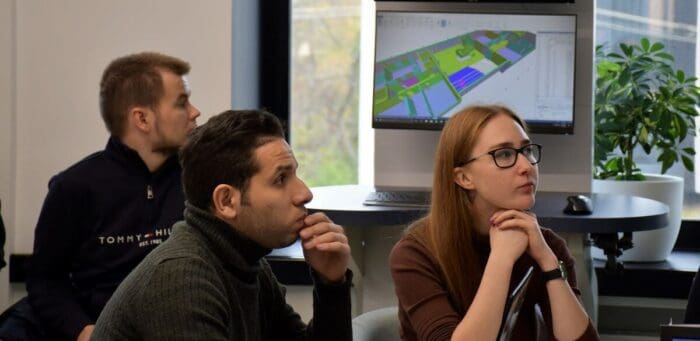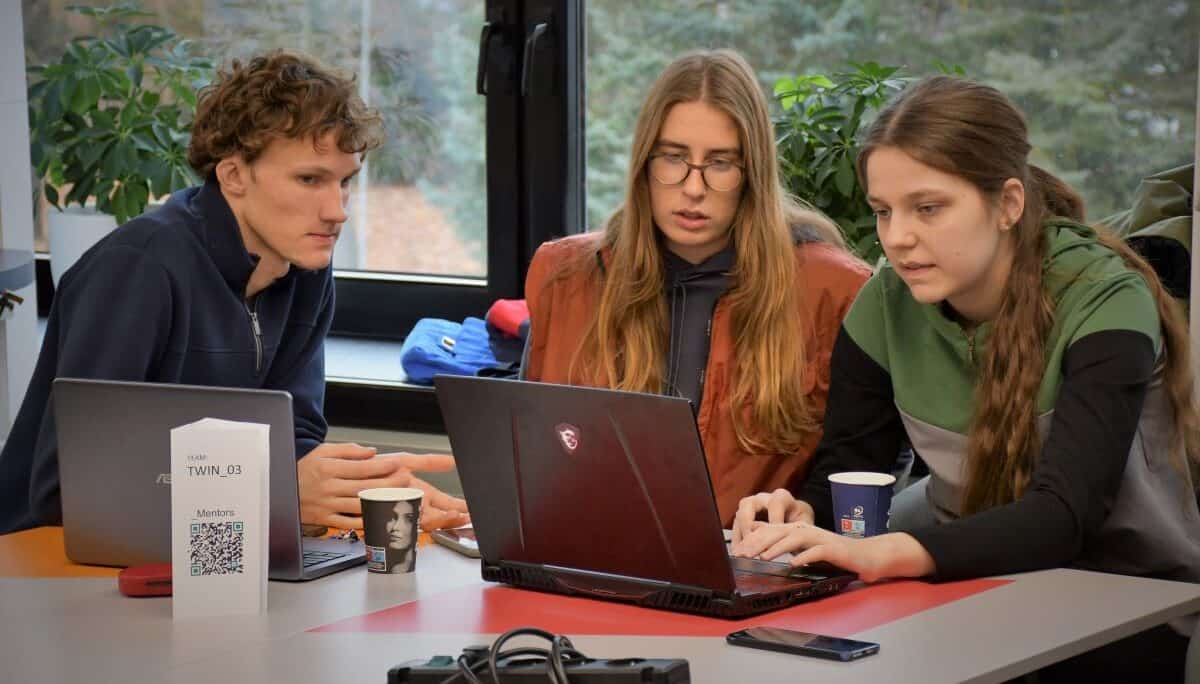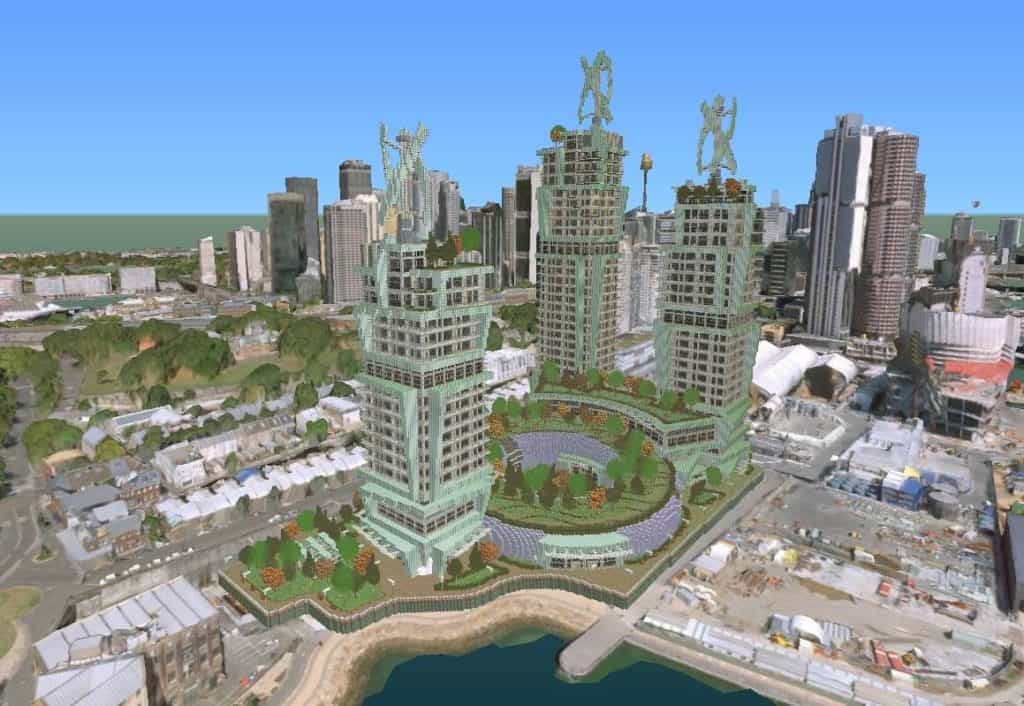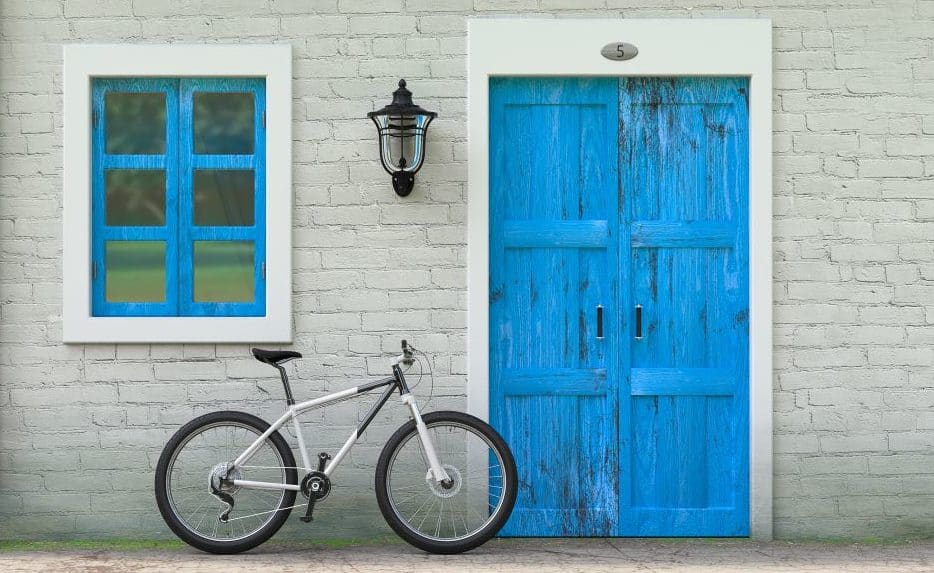Lithuania has set ambitious goals for improving the emissions performance of its buildings to meet a long-term renovation strategy to improve the energy performance of its structures by 2050. The plan is in line with the European Union’s 2018 directive to address the energy performance of aging buildings and infrastructure, including the decarbonization of its national building stock. A project at Kaunas University of Technology’s Centre for Smart Cities and Infrastructure is helping the country meet these goals while preparing engineering and architecture students to help digitalize the AEC sector.
A Model for Innovation and Learning
In 2020, the Centre started building the Kaunas City digital twin, a dynamic digital representation designed to accurately reflect the Kaunas University of Technology’s (KTU) campus. The project began in earnest with a visit by Bentley Systems’ Education team to the KTU campus and quickly became a collaborative effort with KTU staff. Throughout the process, KTU used drone technology, processed point clouds and images of the buildings’ exteriors and interiors, navigated walk-throughs, analyzed energy performance data, and much more. Reality mesh models were created and made accessible to students, enabling them to incorporate these models into their designs and provide context for their creations.
 Reality mesh models like the one above are made accessible for students to incorporate into their designs. Courtesy of Kaunas University of Technology.
Reality mesh models like the one above are made accessible for students to incorporate into their designs. Courtesy of Kaunas University of Technology.The digital twin’s footprint expands beyond the campus itself and into Kaunas, Lithuania’s second-largest city, offering a 3D visualization of the city center. At the city scale, digital twins can be used to run simulations of transportation scenarios, people flow, utilities, and more. While KTU’s use of the digital twins covers various use cases, reducing carbon emissions and enhancing the energy performance of the city’s buildings, both new and old, remain core to their work.
Andrius Jurelionis, Dean of the Civil engineering and architecture faculty at KTU, notes that the value of the project extends well beyond the insights derived from the digital twin itself. Given KTU’s role as an educational institution, the Kaunas digital twin is ultimately about capacity building. Digital transformation can deliver massive benefits to the infrastructure sector. Yet, despite multiple use cases, the sector still lags.
The Kaunas City digital twin serves as a teaching mechanism for students who are entering the engineering, architectural, and construction fields. Students studying architecture at KTU, for example, can see their own projects reflected in a digital twin.
“Quite a few teachers are using these models in their classrooms, including myself,” Jurelionis said. “The shift is happening. And once we use it for education, and students test it, then I think [its use] will accelerate, because the students now know that this technology exists.”
Ultimately, these are skills that the students will bring with them into their careers to help accelerate the digitalization of the infrastructure sector.
Mitigating CO2 Emissions
Lithuania has roughly 661,000 structures that are subject to rigorous national emissions performance requirements specified in the building codes. An estimated 75% of these buildings were constructed before 1992 and are performing poorly from an emissions perspective. For example, the national building stock, which still includes many large-panel buildings that need renovation, emits roughly 10 gigatonnes of CO₂ equivalent.
The Kaunas Smart campus project is setting an example for how municipalities can visualize their buildings and assess how they can mitigate their CO2 emissions. The Centre has been promoting the idea to Kaunas’s urban planning department to visualize their projects using a digital twin. While the city was, at first, resistant, it is now seeing the advantages of deploying a digital twin.
“Over the past couple of years, we have created a system where we can link IoT devices to these models,” Jurelionis said. “We can stream human comfort and air quality data, or energy consumption or energy production from photovoltaics into these digital twins. Right now, we are trying to combine this to create sustainability indicators.
“We are promoting [the use of digital technologies] and showcasing what is possible with some demonstrator projects. It is not our intention to scan the [whole] city, but we can showcase the capacities [of the digital twin model].” Jurelionis added that the city of Kaunas has approached the head of the Centre for Smart Cities and Infrastructure at KTU for guidance on how the city can create its own digital twins for projects.
 The Kaunas Digital Twin is linked to IoT devices that stream a number of sustainability and human comfort indicators such as air quality data and temperature levels. Courtesy of Kaunas Technical University.
The Kaunas Digital Twin is linked to IoT devices that stream a number of sustainability and human comfort indicators such as air quality data and temperature levels. Courtesy of Kaunas Technical University.An Ecosystem of Industry Partners
Industry partnerships have long played an important role in academia by providing faculty and students opportunities to apply theoretical knowledge to real-world problems, interact with professionals, and develop skills and competencies that are relevant and in demand in the market. KTU has forged strong partnerships across industries and is leveraging those partnerships as part of its digital twin project.
This ecosystem of industry partners includes construction companies working in the fields of real estate development, prefabrication, and contracting – YIT Lietuva, Kauno Tiltai, Staticus, Inhus, and Digital Construction, a public entity that supports KTU’s advancements in this field. They have invested significant effort in capturing the current state of buildings using UAV-based photogrammetry and laser scanning to provide a realistic picture of the current state of the campus’s facilities. These reality models, combined with building information models, mapping data, and sensor data fed into the models, provide the foundation for the Kaunas digital twin.
As mentioned earlier, Bentley is also a key partner. As a participant in Bentley’s Education program, the Centre for Smart Cities and Infrastructure has free access to Bentley’s digital twin solution, the iTwin Platform, to integrate various digitization technologies to conduct multiple use cases for a digital twin—from energy performance simulations to real-time air quality monitoring.
In addition to using digital twin technology to mitigate the carbon emissions of KTU’s infrastructure and exploring other uses with faculty and students, the Centre provided access to the digital twin for use in building new energy-efficient buildings on campus. For example, contractors recently completed the MLab prototyping building—which KTU staff and students closely observed—using a digital twin to help identify errors that could be of impact from a safety analysis standpoint. The goal was not only to develop the architecture of the building but also the structures, water supply, sewerage systems, and HVAC. They also wanted to develop proper representations of open standards, including industry foundation class (IFC) standards. The experience required students to apply their classroom experience to a real-world problem.
A Project with Profound Impact
The Kaunas City digital twin project is a remarkable example of how digital twins can support sustainable urban planning and development. The project also demonstrates how academic and industry partnerships bridge theory to practice and prepare students with skills that can transform an entire industry.
By creating a realistic and dynamic representation of the campus and the part of the city, the project provides students, faculty, and industry stakeholders with the ability to visualize, analyze, and optimize the energy performance and CO2 emissions of the buildings, as well as explore various scenarios and solutions. The inherently open framework of the digital twin creates an environment that students and industry partners can build upon, serving as a springboard for further innovation.
The potential impact of the Kaunas City digital twin project is profound. It not only serves as a showcase of innovation and collaboration but also a catalyst for workforce development and industry transformation.
 Beyond practical uses associated with the digital twin itself, the Kaunas City digital twin is helping to prepare students with skills that can transform an entire industry. Courtesy of Kaunas University of Technology.
Beyond practical uses associated with the digital twin itself, the Kaunas City digital twin is helping to prepare students with skills that can transform an entire industry. Courtesy of Kaunas University of Technology.Visit Bentley Education to learn more about how Bentley supports students and educators.










